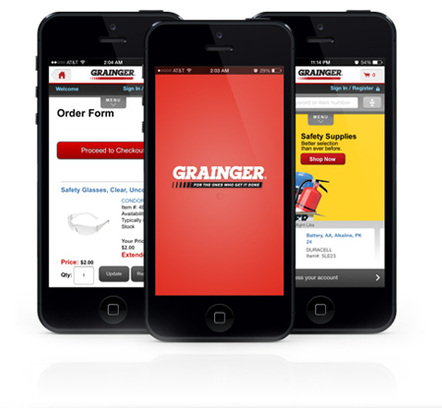
What stands in the way of e-commerce for B2B players is often its sales team. Some sales teams see e-commerce and self service functionalities as a direct threat to their value add when, in fact, e-commerce will only increase volume and speed of transactions, and provide sales team with tons of data and insights into their client accounts. See Grainger’s powerful example below.
Pricing is another roadblock to e-commerce adoption by B2B organizations. Many don’t have readily available prices, because it might involve a lengthy assessment of customer needs, deal structuring, and negotiation. However, there are many ways the e-commerce site can address that, such as make available standard ”off-the –shelf” products or services, provide a price range, ask the client to “request a quote,” and provide some necessary inputs for that quote, etc. The sales team can then pick up the conversation from there. In the end, the e-commerce site simply increases the volume of prospects, and opportunities for the sales team that can, then, spend more time closing deals than sourcing deals.
Grainger is a great and successful example of B2B digital commerce. It started its e-journey in 2000 and invested a significant amount of resources since then. Today, a third of its transactions come from its e-commerce site, and 14% of its traffic comes from mobile devices.
If, as a B2B company, you haven’t started to think about your e/m-strategy, it’s never too late!
~~~~~~~~~~~~~~~~~~~~~~~~~~~~~~~~~~~~~~~~~~~~~~~~~~~~~~~~~~~~~~~~~~~
Grainger unveils a new B2B e-commerce platform and iPad app
An Internet Retailer exclusive details the B2B retailer’s plans.
By Amy Dusto
Internet Retailer
11/18/2013
W.W. Grainger Inc. tomorrow will complete a migration, several months in the making, of the majority its customers to a new e-commerce platform, the B2B retailer of maintenance, repair and other products exclusively tells Internet Retailer. With updated navigation and order management tools, the platform, designed for Grainger’s corporate clients, allows up to 1,500 staffers to log into a single business account and place, approve or track orders via the web or with one of Grainger’s mobile commerce sites or apps, the merchant says. Helping to foster the platform’s utility across devices, Grainger tomorrow also will unveil a new iPad app.
(…)
Customers that use Grainger’s mobile sites and apps approve orders 40% faster on average than those who don’t, Robertson says. Additionally, one in five Grainger orders placed on a mobile device are picked up in one of the retailer’s 360 U.S. branches, which is significantly higher than the number of web orders picked up in stores, he says.
(….)
The retailer built the iPad app in-house after analytics revealed that many customers were trying to use its iPhone app or access the mobile site on their iPads, says Michael Cooney, senior product manager for mobile. Mobile apps have almost a 9% higher conversion rate than the m-commerce web site for Grainger, and shoppers come back to apps more often, he says. Overall, 14% of Grainger’s traffic now comes from mobile devices, a number that continues to grow. In response, the retailer is increasingly adopting a “mobile-first” approach to future web developments, he says.
Online retail is also growing for Grainger. Today, one-third of its sales come from the web, and the retailer predicts web orders will account for 40% or 50% of total sales within the next few years, says Paul Miller, vice president of global e-commerce.
(…)
On top of those sales, customers are increasingly starting their product searches on Google Inc.’s search engine and turning to social media for buying suggestions, both of which indirectly influence sales both online and offline, Miller adds.
Accordingly, Grainger has expanded the number of paid search keywords it manages from less than 10,000 in 2010 to more than 5 million today, he says.
(…)
The retailer’s significant e-commerce and m-commerce updates come after it opened in May an e-commerce headquarters in downtown Chicago. Grainger decided to add a city office rather than rely on its headquarters 30 miles north, in Lake Forest, IL, mainly to attract and have better access to the developers, Miller says.
Read full article here


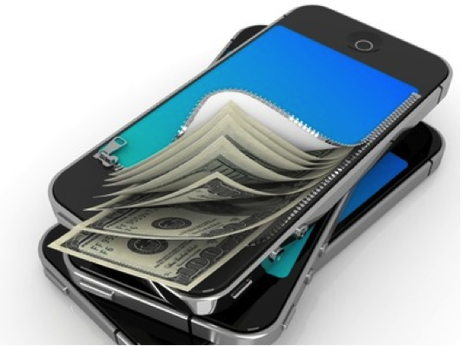



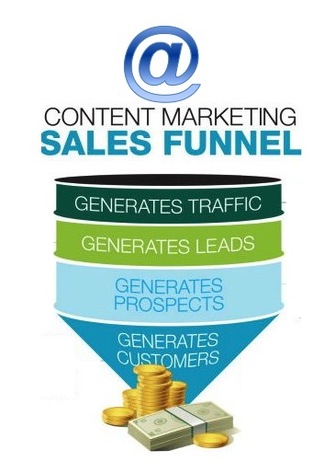
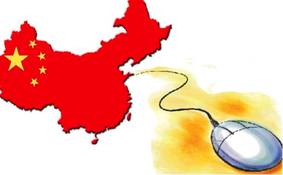
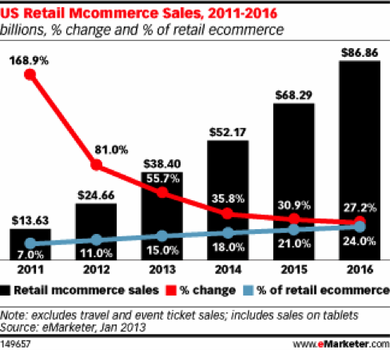

 RSS Feed
RSS Feed